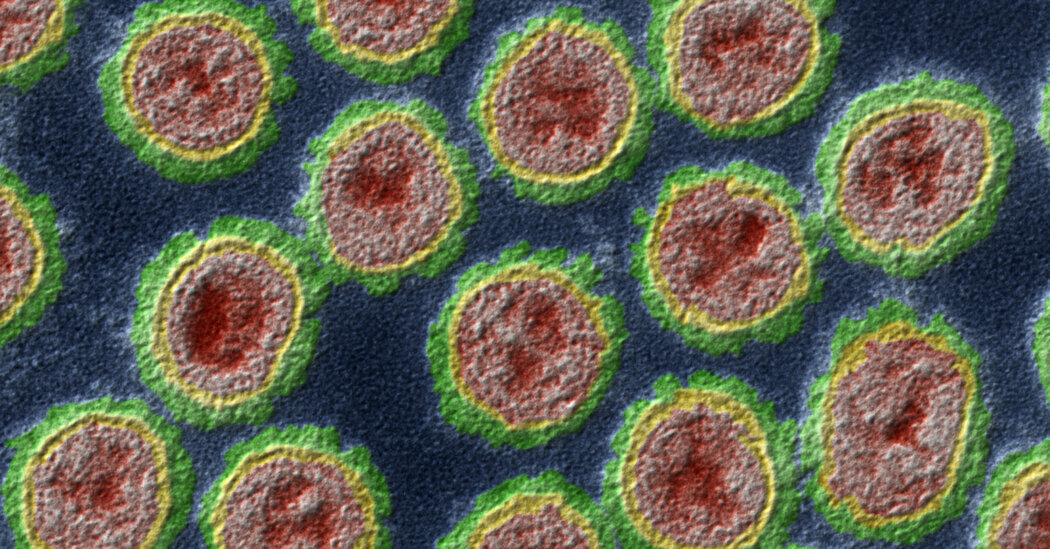A genetic analysis sheds light on when the outbreak began, how the virus spread and where it may be going.
The bird flu virus sweeping across dairy farms in multiple states has acquired dozens of new mutations, including some that may make it more adept at spreading between species and less susceptible to antiviral drugs, according to a new study.
None of the mutations is a cause for alarm on its own. But they underscore the possibility that as the outbreak continues, the virus may evolve in ways that would allow it to spread easily between people, experts said.
“Flu mutates all the time — it’s what, sort of, flu does,” said Richard Webby, an influenza expert at St. Jude Children’s Research Hospital, who was not involved in the work.
“The real key would be if we start to see some of these mutations getting more prevalent,” Dr. Webby said. “That would raise the risk level.”
The virus, called H5N1, has infected cows in at least 36 herds in nine states, raising fears that milk could be infectious — concerns now largely put to rest — and highlighting the risk that many viruses might jump across species on crowded farms.
The study was posted online on Wednesday and has not been peer reviewed. It is among the first to provide details of a Department of Agriculture investigation that has been mostly opaque until now, frustrating experts outside the government.
